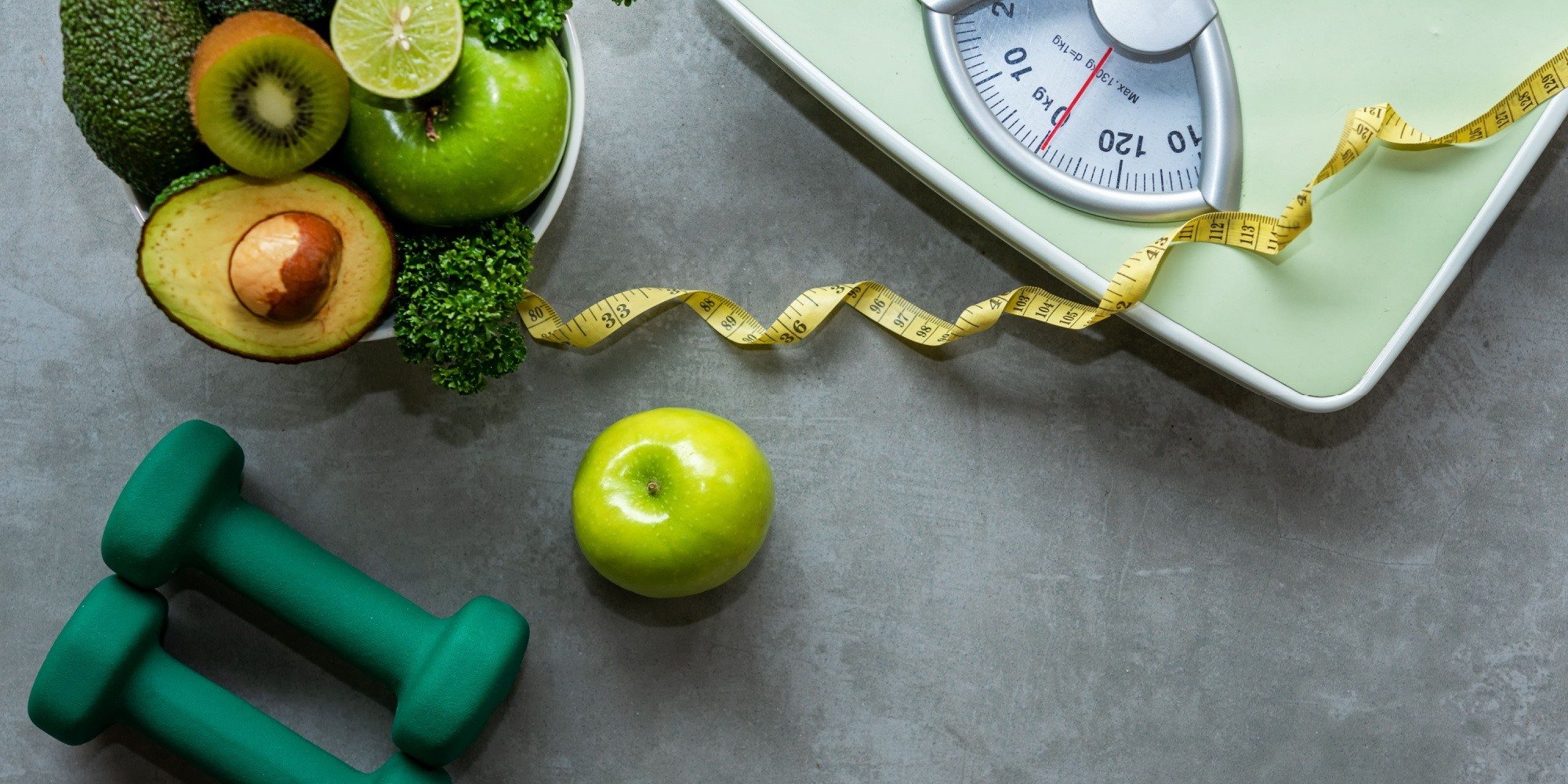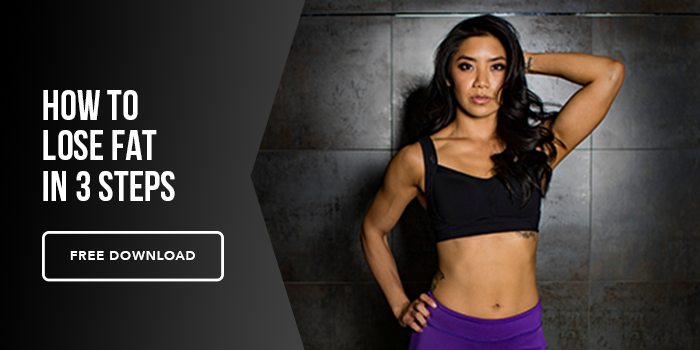Fat loss isn’t just about eating less—it’s about eating smarter. And if you’re not prioritizing protein and fiber, 1) you’re making fat loss way harder than it needs to be and 2) you’ve clearly never tried my grandma’s red lentil soup.
These two nutrients are the closest thing we have to dietary cheat codes. They control hunger, regulate metabolism, and improve body composition—all without requiring you to obsess over every calorie. Here’s why protein and fiber should be your best friends if you’re trying to lose fat.
1. Protein: The Fat Loss MVP
Protein is often marketed for muscle growth, but its role in fat loss is just as important. Here’s why:
-
Higher Thermic Effect – Protein requires more energy to digest than carbs or fat. Around 20-30% of the calories in protein are burned just during digestion (compared to 5-10% for carbs and 0-3% for fat).
-
Reduces Appetite – Protein triggers satiety hormones (GLP-1, PYY) and reduces ghrelin (the hunger hormone), keeping you fuller for longer.
-
Preserves Muscle While Dieting – Losing weight without lifting and eating protein? You’ll lose muscle along with fat. Higher protein intake prevents muscle loss so your metabolism doesn’t slow down.
-
Improves Body Composition – Studies show that higher protein intake leads to greater fat loss while maintaining lean mass. In other words: it’s not just about weight loss, but losing the right kind of weight.
How much protein should you eat?
-
For fat loss & muscle retention: about 1g per pound of your target weight.
-
For general health & maintenance: 0.6-1g per pound of current weight.
If you’re in a calorie deficit, protein is your insurance policy against muscle loss.
2. Fiber: The Unsung Hero of Fat Loss
If protein is the MVP, fiber is the underrated role player that makes everything easier.
-
Slows Digestion = Longer Fullness – High-fiber foods slow gastric emptying, meaning food stays in your stomach longer. Less hunger = less mindless snacking.
-
Regulates Blood Sugar – Fiber reduces glucose spikes, preventing energy crashes and cravings.
-
Supports Gut Health – A healthy gut microbiome is linked to better metabolic function and fat loss. Fiber feeds beneficial gut bacteria, which helps regulate digestion and inflammation.
-
Low in Calories, High in Volume – High-fiber foods take up more space in your stomach without adding excess calories. This means you can eat larger portions while staying in a deficit.
How much fiber should you eat?
-
Men: At least 30-38g per day.
-
Women: At least 25g per day.
Best sources of fiber:
-
Soluble fiber: Oats, legumes, chia seeds, apples, and sweet potatoes (helps regulate blood sugar and digestion).
-
Insoluble fiber: Leafy greens, whole grains, nuts, and seeds (adds bulk to stool and supports digestion).
Most people don’t eat nearly enough fiber—but if you start prioritizing it, hunger control and fat loss become a lot easier.
3. How to Optimize Protein & Fiber for Fat Loss
Want to get the most out of these two fat loss superstars? Here’s how to structure your diet:
1. Start Every Meal with Protein
-
Goal: Eat at least 30-40g of protein per meal to maximize satiety and muscle retention.
-
Example: Instead of just oatmeal for breakfast, add Greek yogurt or eggs.
2. Swap Out Low-Fiber Carbs for High-Fiber Ones
-
Example: Replace white rice with quinoa, swap white bread for sprouted grain, or add chickpeas to your salad instead of croutons.
3. Use High-Protein, High-Fiber Snacks
- Greek yogurt with berries and chia seeds
- Cottage cheese with flaxseeds
- Hard-boiled eggs with sliced avocado
- Protein shake blended with spinach and almond butter
4. Drink More Water
Fiber works best when paired with adequate hydration. Otherwise, it can cause bloating and sluggish digestion.
5. Track Your Intake
Most people think they eat enough protein and fiber—but they don’t. Use a food tracker for a few days to get a reality check.
The Bottom Line
✔ Protein helps preserve muscle, reduces hunger, and has a higher thermic effect than other macros.
✔ Fiber keeps you full, stabilizes blood sugar, and supports digestion.
✔ Together, they make fat loss easier without extreme calorie restriction.
✔ Optimizing protein and fiber intake means fewer cravings, more satiety, and better overall results.
✔ If you’re cutting calories, these two nutrients should be your highest priority.
Fat loss isn’t about starving yourself—it’s about making smart choices. Prioritize protein and fiber, and you’ll get leaner without feeling miserable.






